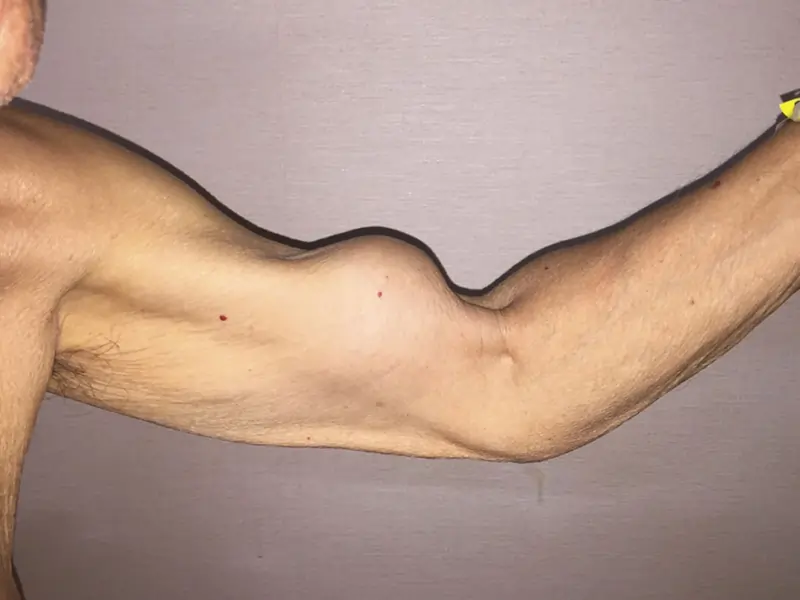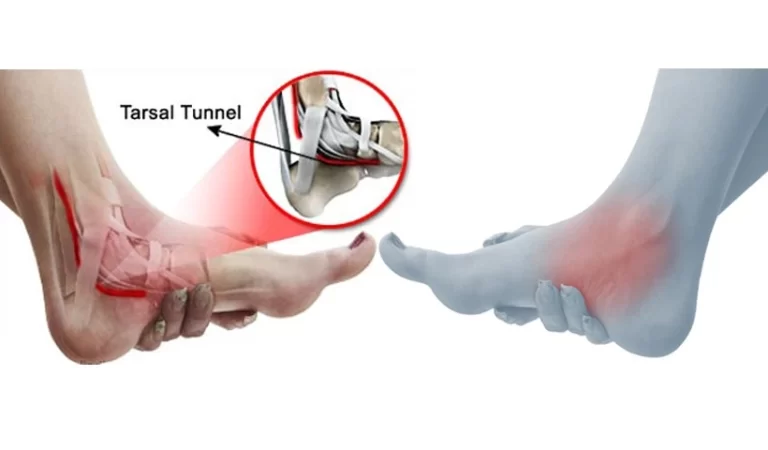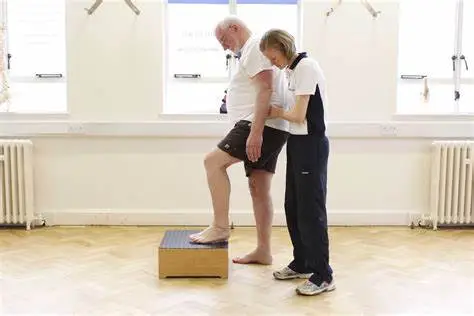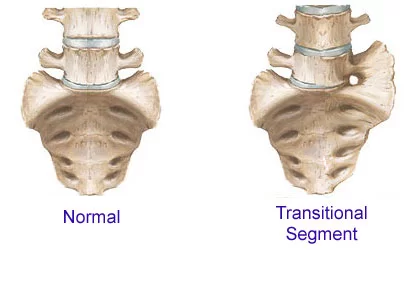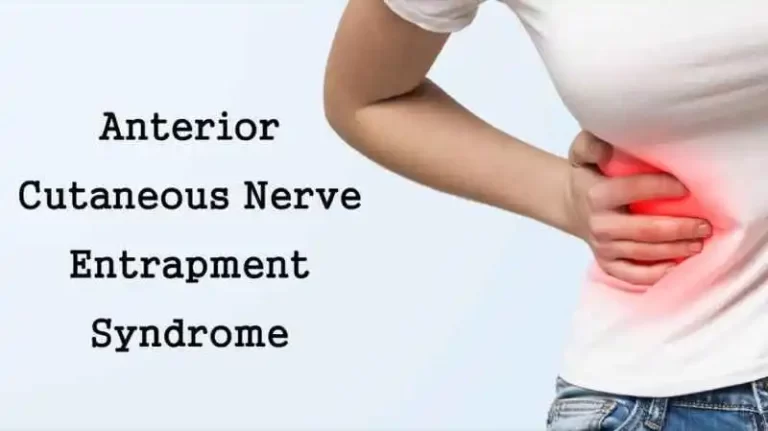Popeye Deformity
What is a Popeye Deformity?
The term “Popeye deformity” refers to a condition where there is a visible bulging or deformity in the biceps muscle, often characterized by a noticeable protrusion or “bump” in the upper arm.
This deformity typically occurs as a result of a tear or rupture of the long-head tendon of the biceps brachii muscle, which is the primary muscle responsible for flexing the elbow and supinating the forearm.
It got its name from a well-known cartoon character from the 1930s whose biceps were shaped like balls.
The powerful upper-body muscles in your biceps enable you to bend and twist your arms. Tendons attach the biceps to your elbow and lower arm (the distal end) as well as the shoulder joint (the proximal end).
Before they tear, tendon wear frequently causes it to become frayed. However, the tear frequently happens all at once and without notice.
Popeye deformity can affect anyone at any age, however it usually occurs in those over 50. The tendon that attaches to the shoulder joint had a tear in 96% of the instances.
Although surgery to repair the tendon is occasionally necessary, conservative treatment for popeye deformity is preferred.
Symptoms of the Popeye Deformity
The severity of the tear determines the Popeye deformity’s symptoms.
Symptoms are:
- hearing a pop or experiencing one as the tendon separates from the bone
- an unexpected, intense pain in your arm
- bruises, tenderness, or pain in the upper arm
- Your elbow and shoulder are weak.
- experiencing biceps muscle cramps during a physically demanding task
- trouble rotating your arm so that your palm is facing up or down fatigue from performing repetitive tasks
- twitches in your arm or shoulder muscles
Because the biceps and shoulder are connected by two tendons, you might still be able to utilize your arm.
Usually, tendon tears only occur in the long biceps. It is referred to as the biceps muscle’s long head. The muscle known as the short head of the biceps is linked to the second, shorter tendon.
Popeye Deformity’s Causes
Among the potential reasons for Popeye’s malformation are:
- Overuse of the biceps muscle,
- Repeated biceps motion
- Sports Injury
- Fall-related injury
Risk factors
The tendons in your biceps may deteriorate and tear with age. This could raise the risk of a tendon tear and is a normal aspect of aging.
Other elements that could raise your chance of having a Popeye deformity include:
- Smoking
- Corticosteroid use
- Anabolic steroid use
- Tendinopathy
- Rheumatoid arthritis
- Fluoroquinoione antibiotics
- Statin therapy
Diagnosis
Your doctor will review your symptoms, obtain a medical history, and perform a physical examination before making a diagnosis of Popeye’s deformity.
If the tendon in your biceps is completely torn, you will see a bulge in your arm. Even though there might not be a visible protrusion, a partial rupture might still result in pain and other symptoms.
It is probable that your physician may want imaging tests to assess the severity of the damage. Usually, an MRI can reveal how much soft tissue damage has occurred.
Your doctor may request X-rays if they think you may have other injuries to your elbow or shoulder.
Popeye Deformity Treatment
Popeye deformity is typically treated conservatively because the tendon eventually heals on its own. With time, the bulge might be reduced.
Conservative Treatment
The following are included in conservative treatment:
Ice Pack
At first, you should apply ice many times a day for 20 minutes at a time. This will lessen the amount of edema. Rather than applying the ice or ice pack straight to your skin, wrap it in a towel.
NSAIDs
To lessen pain and swelling, take nonsteroidal anti-inflammatory medicines (NSAIDs) that can be taken over the counter, such as naproxen, ibuprofen, or aspirin.
Rest
Make changes to your routine to stay away from arm-intensive exercises like weightlifting and other overhead motions. Lifting more than ten pounds with the injured arm is not advised.
For a while, your doctor could advise wearing a sling.
Physical therapy Treatment
Two to three times a week, your doctor might advise physical treatment or occupational therapy.
A qualified therapist can assist you with:
- Exercises that strengthen and extend your arms and shoulders
- Range-of-motion and shoulder and arm flexibility exercises
- Occupational therapy to support you in your day-to-day tasks at work
- You will receive a home exercise program from the therapist.
Surgical Treatment
Your physician might advise surgery if:
- You have additional shoulder conditions, such as rotator cuff damage.
- You’re a young sportsman.
- Your line of work necessitates repetitive activity with your arms fully extended (carpentry, for example)
- You don’t like how a Popeye deformity seems.
- Conservative care does not make your pain go away.
- Talk to your doctor about your options. There are new surgical techniques that can restore the tendon with very little incisions.
Rehabilitation
Following surgery, physical therapy will be provided to help you regain function in your arms.
The restoration of function and strength to the affected arm is dependent upon rehabilitation, regardless of the treatment approach chosen—surgical or conservative.
To help with healing, physical therapy activities that gradually strengthen the biceps muscle and increase the range of motion are usually recommended.
Conclusion
For Popeye’s deformity, the prognosis is favorable. With cautious care, you should have less pain. The bulge could potentially get smaller with time. Four to eight weeks are needed for recovery.
Your arm can be made stronger and more flexible with the aid of physical therapy. You won’t lose your grasp or extension, but you might lose 20 percent of your lifting power.
References
- Hecht, M. (2019, June 27). Popeye Deformity: What Causes It and What You Need to Know. Healthline. https://www.healthline.com/health/popeye-deformity
- Bichell, R. E. (2017, November 15). Pop-Ow! “Popeye” Deformity Can Be A Painful Armful. NPR. https://www.npr.org/sections/health-shots/2017/11/15/564147703/pop-ow-popeye-deformity-can-be-a-painful-armful

